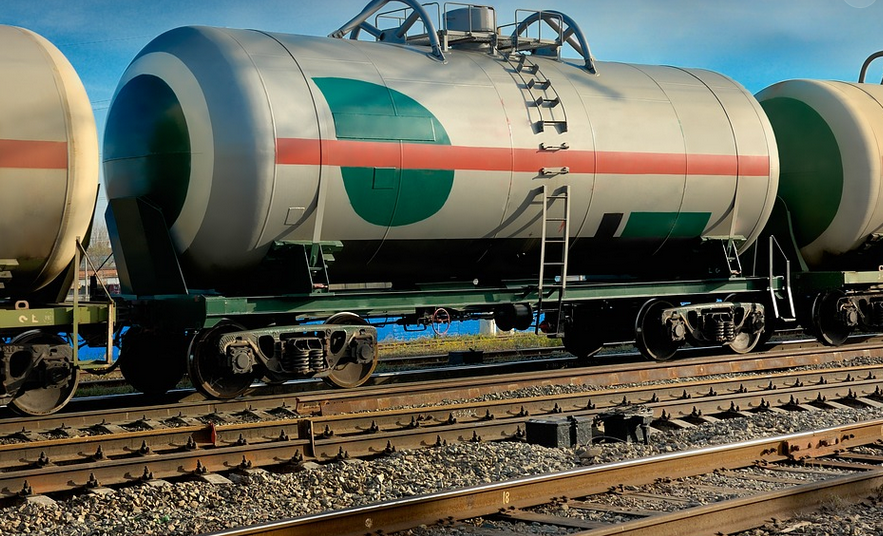What is a Septic Field Distribution Box?
Imagine you have a giant, underground plumbing network designed to process wastewater from your house. It’s a system called a septic tank and field, also known as a septic system. This system works by collecting waste water from your home, like the dirty dishes after dinner or the shower water from morning showers, then treating it naturally before it’s safely released back into the environment.
A crucial component of this system is a septic field distribution box. It acts as a central control hub for your septic system, ensuring the proper flow and distribution of wastewater throughout the entire process.
Why Do We Need Distribution Boxes?
These boxes are like the traffic cops of your septic system!
To understand it better, let’s dive deeper into what they do. They distribute wastewater to different areas within the septic field: a network of pipes buried underground that acts as a giant filtration and treatment chamber for your waste water. Without these distribution boxes, wastewater wouldn’t be able to reach all the right spots for proper treatment.
The key reason why these boxes are necessary is that they ensure even distribution across the entire septic field. This means that wastewater doesn’t get overloaded in one area and dilute in another. In simpler terms, think of it as a delivery system, ensuring that every part of the field gets its fair share of ‘dirty’ water.
Without these boxes, you risk uneven treatment. The waste water could end up backing up or getting spread out too thinly, causing problems for your septic tank and impacting its overall efficiency. Plus, without these distribution boxes, it would be a mess trying to figure out the direction of the wastewater flow. Imagine having to guess which way the water is supposed to go.
Think of it as this: you wouldn’t want to pour the water from your washing machine into one specific corner and expect everything to work perfectly. You want it spread out, allowing the water to interact with different components of the septic system for proper cleaning.
Understanding the Parts of a Distribution Box
A distribution box is often built like a small, sturdy wooden box that sits on your property’s surface. It looks like a mini-version of a large plumbing station inside your house. But these boxes can also be constructed from plastic or metal, depending on the size and location.
Here’s what you’ll find in a typical distribution box:
- **The Inlet:** This is where wastewater enters the box – usually via a pipe connected to your septic tank. It’s like the mouth of a river, ready to receive all the dirty water.
- **Distribution Pipes:** These pipes are smaller pipes that branch out from the inlet and create different pathways for wastewater flow. The distribution system ensures even flow across the entire field and helps prevent overfilling or under-treatment of your septic system.
- **Wastewater Outflow Pipe:** This pipe takes the treated wastewater away from the distribution box, where it is safely discharged by connecting to the drainage pipes or lines that lead to a local treatment plant. Think of this like the final destination for all that water after it’s been processed.
- **Overflow Pipes:** These are safety valves built into the system. If the septic field becomes too full of wastewater, these pipes prevent the pressure from exceeding the safe limit.
Installing and Maintaining Your Distribution Box
Installing a distribution box is usually a job done by licensed professionals, who will know all the best practices for your specific system.
The process involves digging trenches, laying pipes, connecting them to your septic tank, and ensuring proper drainage. A trained professional can do this safely and efficiently so you don’t have to worry about any damage to your property during installation.
Maintaining your distribution box requires some routine checks, such as cleaning the inlet and outlet points of debris or blockage. Additionally, it’s important to check for any leaks or signs of corrosion in the pipes or connections. If you notice anything unusual, call a septic professional for assessment and repair.
Why It’s Important to Have a Distribution Box
A distribution box is more than just a box; it’s an essential component of your septic system.
They are critical because they help with:
- **Efficiency:** Distribution boxes help optimize the flow and treatment process for your wastewater, ensuring that all components are working together to efficiently treat wastewater. This prevents issues like backups or slow drainage.
- **Long-term Performance:** The distribution box helps prevent clogging and blockages in your septic system by distributing wastewater evenly throughout the field, leading to a longer lifespan.
- **Prevention of Issues:** By ensuring even distribution of wastewater, you minimize the risk of problems like sewage backups or overflow.
The Future of Septic System Distribution Boxes
As technology continues to advance, so do ways of improving septic systems! The future of distribution boxes may involve:
* **Smart Technology:** Imagine a system where monitoring devices track wastewater flow and alert you or a technician if something is amiss.
* **Remote Monitoring:** You can use your smartphone to check the status of your septic system, ensuring proper maintenance even when you’re away from home.
The future for septic systems looks bright, with technology playing a bigger role in managing wastewater and promoting sustainable practices.
Septic field distribution boxes are more than just a box; they’re essential parts of keeping your home and the environment clean! They help ensure even wastewater distribution and prevent potential issues that could affect your septic system’s long-term performance.
